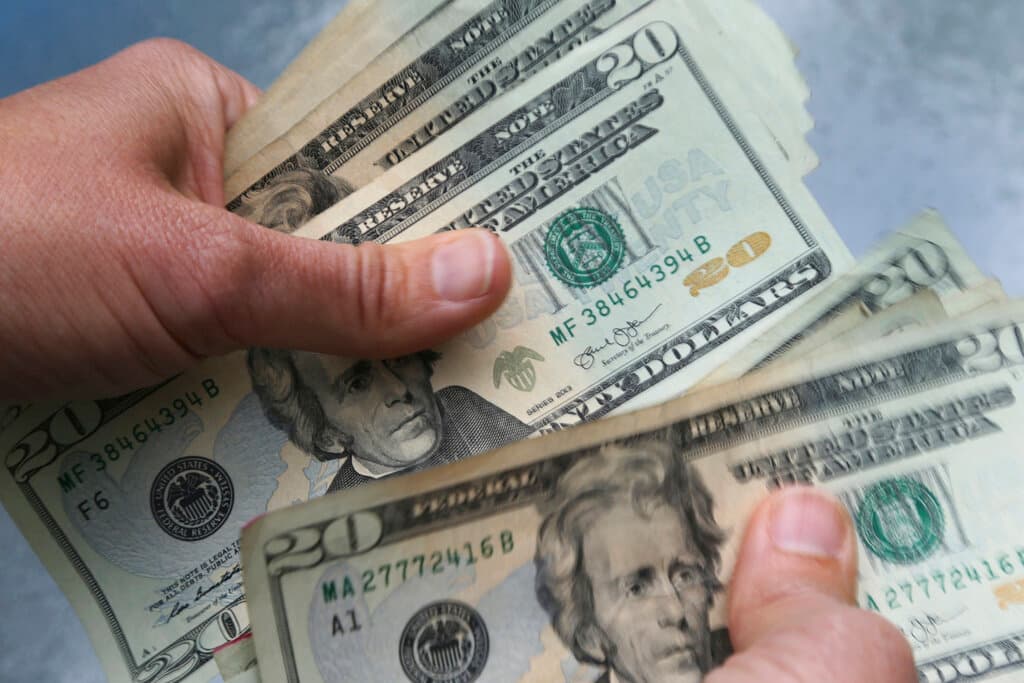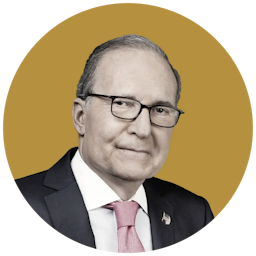My Kind of Monarchy: Long Live King Dollar
And make it a reliable store of value to attract investment.

So there’s been a lot of talk recently about the potential demise of King Dollar. That, by the way, is a phrase I conjured up in 1990, a little more than 30 years ago, and it stuck.
Please check your email.
A verification code has been sent to
Didn't get a code? Click to resend.
To continue reading, please select:
Enter your email to read for FREE
Get 1 FREE article
Join the Sun for a PENNY A DAY
$0.01/day for 60 days
Cancel anytime
100% ad free experience
Unlimited article and commenting access
Full annual dues ($120) billed after 60 days

